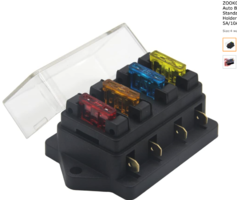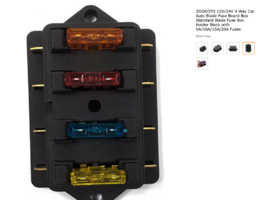That is a NoNo
You have the connectors metal laying onto the frame . I dont know what wires those are but it does not look as ground
And then it can be grounding those wires there Unknown to me what signal or Voltage that goes into the frame instead in the wire
But it is wrong ---put some insulating tape and move it off the frame

You have the connectors metal laying onto the frame . I dont know what wires those are but it does not look as ground
And then it can be grounding those wires there Unknown to me what signal or Voltage that goes into the frame instead in the wire
But it is wrong ---put some insulating tape and move it off the frame


